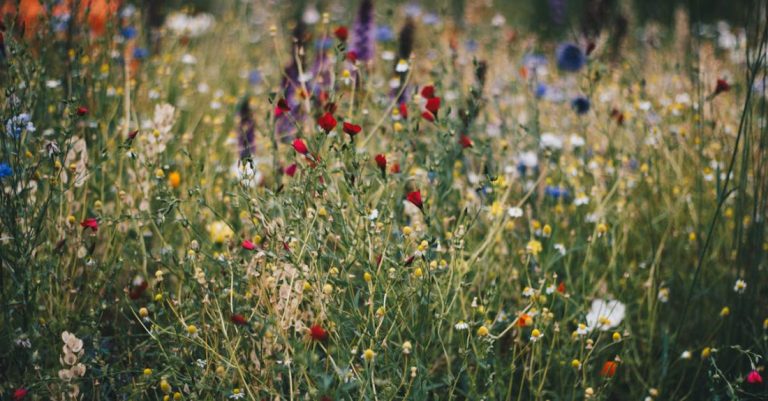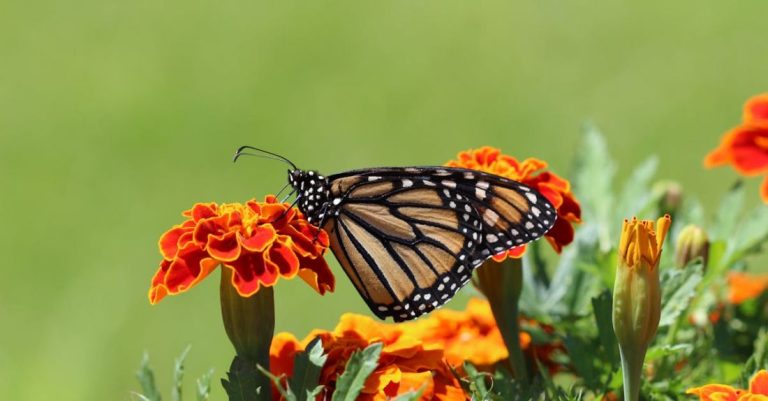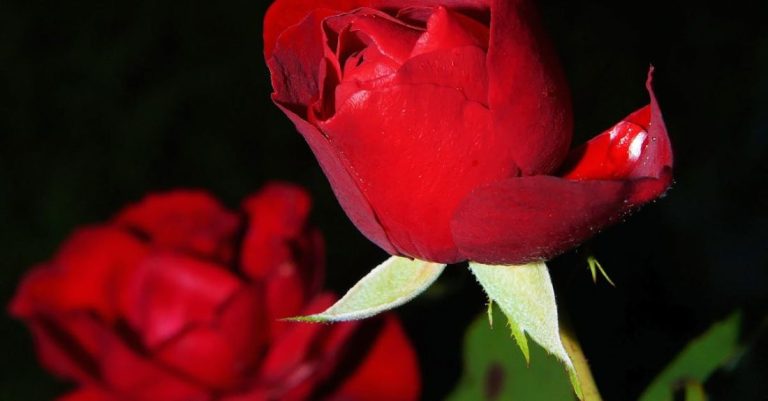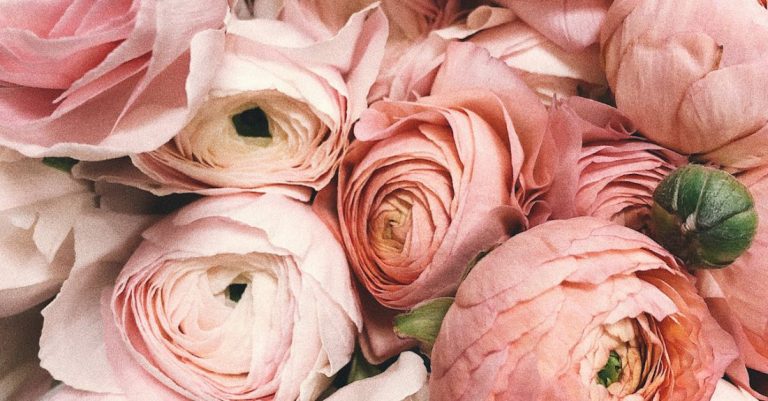
As a flower enthusiast, witnessing your delicate blooms succumb to frost can be disheartening. Frost poses a significant threat to your garden, potentially damaging or even killing your beloved plants. However, with the right precautions and strategies in place, you can protect your flowers from the chilling effects of frost and ensure they thrive all season long.
Understanding the Threat of Frost
Frost occurs when temperatures drop below freezing, causing ice crystals to form on plant surfaces. These ice crystals can damage plant cells, leading to wilting, browning, and ultimately, death. Frost typically occurs during the late fall, winter, and early spring when the weather is cold and clear. It is essential to be vigilant during these times and take proactive measures to safeguard your flowers from frost damage.
Choose Frost-Resistant Flowers
Selecting frost-resistant flowers for your garden is the first line of defense against frost damage. Opt for plants that are hardy and able to withstand cold temperatures. Some popular frost-resistant flowers include pansies, snapdragons, calendula, and winter jasmine. These resilient plants can endure frosty conditions and continue to bloom beautifully throughout the season.
Mulch for Insulation
Mulching your flower beds is a simple yet effective way to insulate your plants against the cold. A layer of mulch helps regulate soil temperature, preventing rapid fluctuations that can stress your flowers. Organic materials such as straw, leaves, or wood chips make excellent mulch choices. Apply a thick layer around the base of your plants, ensuring they are well-protected from freezing temperatures.
Covering Your Flowers
When frost is forecasted, covering your flowers can provide an additional layer of protection against the cold. Use lightweight fabrics such as burlap, old bedsheets, or row covers to shield your plants from frost damage. Secure the covers in place using stakes or rocks to prevent them from blowing away in the wind. Remember to remove the covers during the day to allow sunlight and airflow to reach your flowers.
Watering Techniques
Proper watering techniques play a crucial role in protecting your flowers from frost damage. Well-hydrated plants are better equipped to withstand cold temperatures than dry ones. Water your flowers early in the day so that they have ample time to absorb moisture before the temperature drops at night. Avoid watering in the evening, as excess moisture on the leaves can increase the risk of frost damage.
Utilize Cold Frames
Cold frames are miniature greenhouses that provide a controlled environment for your plants, shielding them from frost and harsh weather conditions. Constructed from transparent materials such as glass or plastic, cold frames trap heat and create a warm microclimate for your flowers. Place your potted plants or delicate blooms inside the cold frame to keep them safe from frost damage.
Monitor Weather Conditions
Keeping a close eye on weather forecasts is essential for protecting your flowers from frost. Be aware of predicted temperature drops and frost warnings in your area so that you can take preemptive measures to safeguard your plants. Invest in a thermometer to monitor the temperature in your garden and act promptly when frost is imminent. Stay informed and proactive to ensure the well-being of your flowers.
Incorporate these strategies into your gardening routine to protect your flowers from frost and enjoy a vibrant and flourishing garden throughout the colder months. By being proactive and attentive to your plants’ needs, you can mitigate the risks of frost damage and nurture your blooms to their full potential. With the right care and precautions in place, your flowers will thrive despite the chill of winter.





